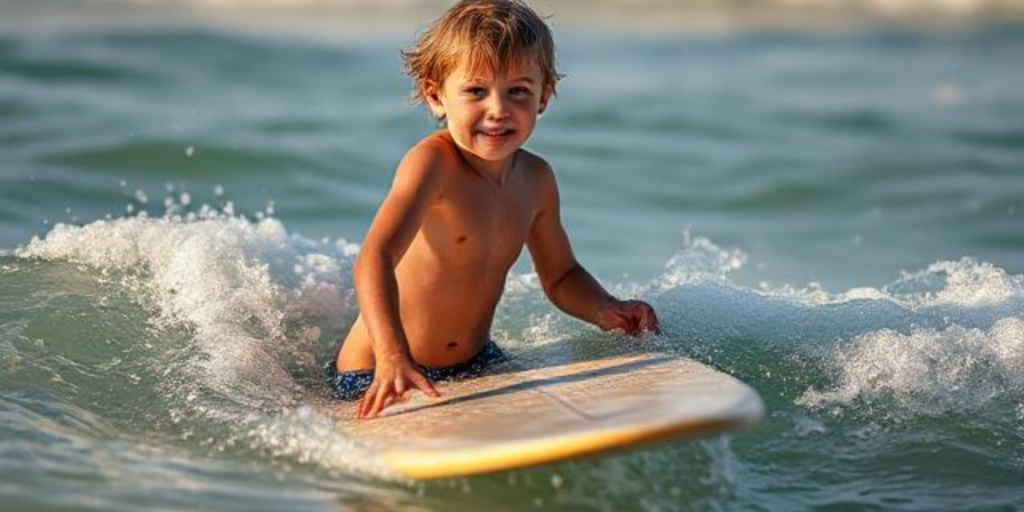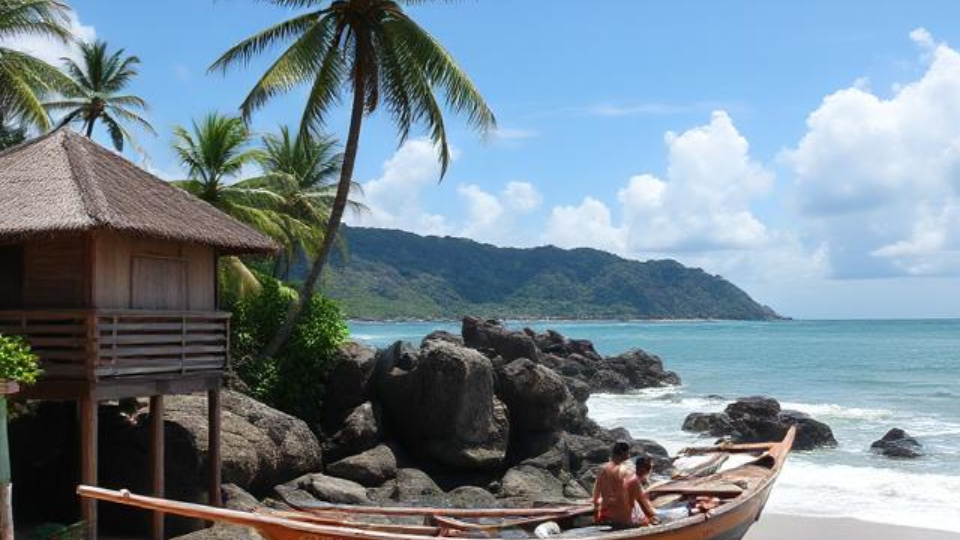
Best Coffee In Canggu, Canggu Bali, is a paradise not just for surfers and digital nomads but also for coffee lovers. With a laid-back vibe, an endless array of stylish cafés, and some of the best coffee in Bali, it’s no surprise that caffeine enthusiasts flock to this beachside town. Whether you prefer a strong espresso, a creamy flat white, or an experimental brew, Canggu has something to satisfy every coffee craving. Here’s a guide to some of the best coffee shops in Canggu that will delight your taste buds.
Why Canggu is a Coffee Lover’s Haven
- Home to world-class specialty coffee roasters
- Offers third-wave coffee experiences with unique brewing methods
- Perfect for digital nomads looking for work-friendly cafés with WiFi
- A blend of local Balinese coffee and international blends
1. Blacklist Coffee Roasters – Best Specialty Coffee
If you’re serious about coffee, Blacklist Coffee Roasters should be at the top of your list. Originally from Australia, this specialty coffee roastery has made its mark in Canggu’s coffee scene with its expertly crafted brews. Their award-winning espresso and cold brews are must-tries. The modern interior and friendly baristas make it a great spot to work or relax with a book.
Location: Jl. Tanah Barak No.6, Canggu
Specialty: Award-winning espresso and cold brews
Instagram: @blacklistcoffee.bali
2. Revolver Espresso – Best for Flat Whites
A well-known name in Bali’s coffee scene, Revolver Espresso serves up some of the best coffee in Canggu. The ambiance is warm, with a mix of industrial and rustic elements. Their flat white and iced lattes are incredibly smooth and creamy.
Location: Jl. Pantai Batu Bolong, Canggu
Specialty: Flat whites and iced lattes
Instagram: @revolverespresso
3. Hungry Bird Coffee Roasters – Best for Locally Roasted Beans
For coffee purists, Hungry Bird Coffee Roasters is a must-visit. They roast their own beans, ensuring fresh, high-quality coffee in every cup. This café is loved by locals and expats alike for its authenticity and affordability.
Location: Jl. Raya Semat No.86, Canggu
Specialty: House-roasted single-origin coffee
Instagram: @hungrybirdcoffee
4. Miel Coffee Canggu – Best Minimalist Café
Miel Coffee is a hidden gem for those who appreciate minimalist aesthetics and high-quality coffee. Their honey-processed coffee offers a natural sweetness that enhances the depth of their brews.
Location: Jl. Pantai Batu Bolong No.5, Canggu
Specialty: Honey-processed coffee
Instagram: @miel.bali
5. Satu-Satu Coffee Company – Best Farm-to-Cup Coffee
Satu-Satu Coffee Company sources beans directly from their own plantation in Kintamani, Bali. This ensures an authentic farm-to-cup coffee experience. If you want to taste authentic Balinese coffee, this is the place.
Location: Jl. Pantai Berawa No.46, Canggu
Specialty: Balinese single-origin coffee
Instagram: @satusatucoffee
6. Machinery Café – Best for Digital Nomads
Machinery Café is a favorite among remote workers in Canggu, thanks to its fast WiFi and great coffee. Their mochas and lattes are perfectly balanced, and they offer plenty of workspace.
Location: Jl. Pantai Batu Bolong, Canggu
Specialty: Mocha and specialty lattes
Instagram: @machinerycafe
7. Secret Spot Canggu – Best Vegan-Friendly Coffee
Secret Spot is a hidden treasure for those who love plant-based options. Their oat milk lattes are smooth and rich, making it one of the best places for vegan-friendly coffee in Canggu.
Location: Jl. Subak Sari No.10, Canggu
Specialty: Oat milk lattes and plant-based drinks
Instagram: @secretspotcanggu
8. Ruko Café – Best Coffee & Brunch Combo
Ruko Café serves strong espresso-based drinks alongside a delicious brunch menu. It’s a go-to spot for both coffee lovers and foodies.
Location: Jl. Pantai Berawa No.99, Canggu
Specialty: House blend espresso and brunch pairings
Instagram: @rukocafe
9. Crate Café – Best Hipster Coffee Spot
Crate Café is a trendy hotspot known for its strong long blacks and vibrant atmosphere. The perfect place for those who love a lively crowd and an Instagram-worthy setting.
Location: Jl. Canggu Padang Linjong No.49, Canggu
Specialty: Strong long blacks and breakfast bowls
Instagram: @cratecafe
10. Copenhagen Canggu – Best Scandinavian Coffee Experience
Copenhagen Canggu offers a Scandinavian-style coffee experience, with light roasts and precise brewing methods that highlight the natural flavors of their beans.
Location: Jl. Padang Linjong No.71, Canggu
Specialty: Handcrafted espresso drinks
Instagram: @copenhagen_canggu
Final Thoughts
Canggu’s coffee scene is a must-explore for caffeine lovers. Whether you’re looking for a specialty coffee roaster, a cozy work-friendly café, or a trendy brunch spot, there’s no shortage of incredible coffee shops to try. Next time you’re in Bali, make sure to stop by these top-rated cafés and experience the best coffee in Canggu!









